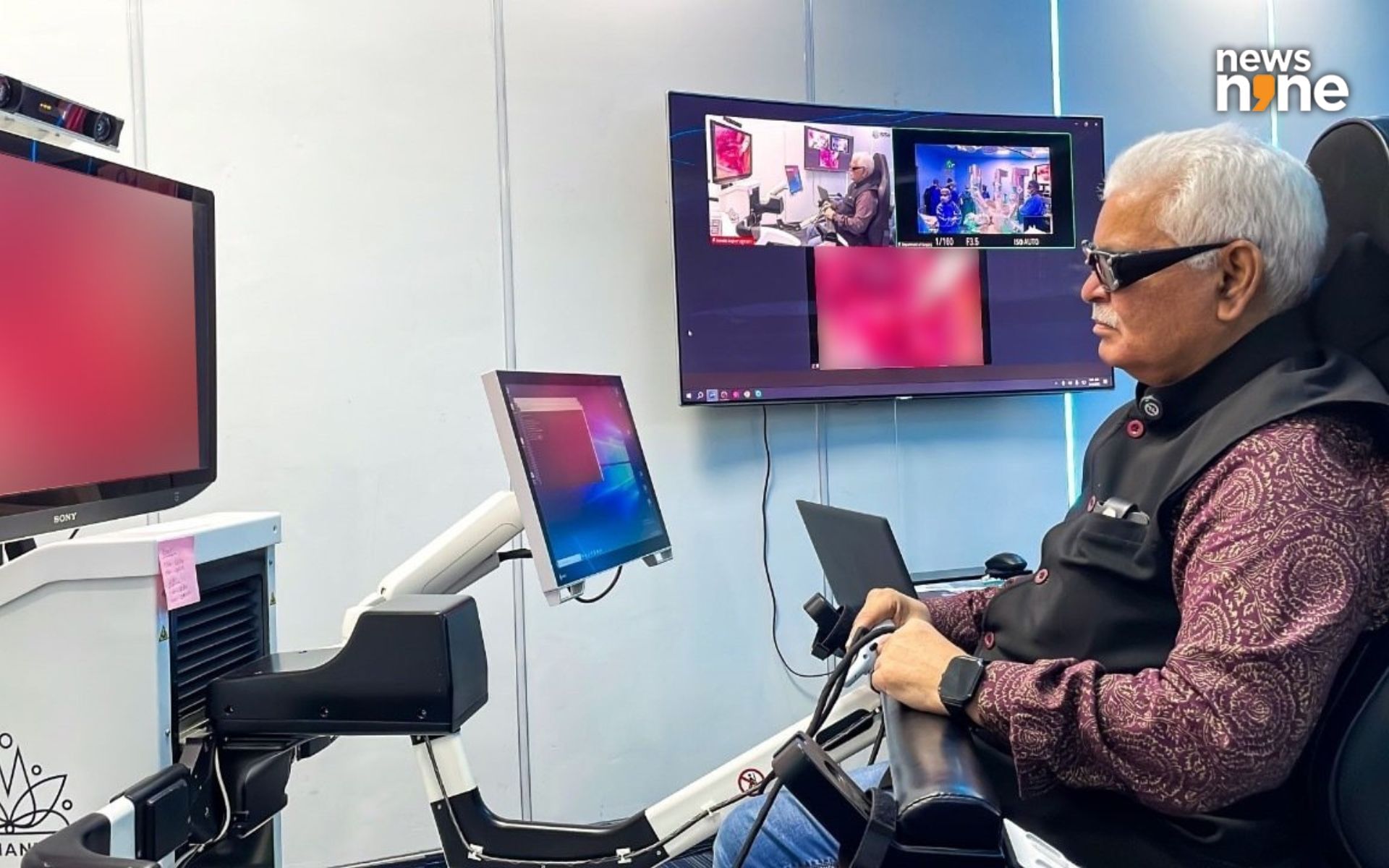New Delhi: The indigenously developed SSI Mantra surgical robotics platform has been used for the first-ever telesurgery within a government medical institution. Two advanced robotic telesurgeries were conducted at the Government Medical College and Hospital (GMC) in Nagpur. A hernia repair and gall bladder removal were conducted by the Dean of GMC, Raj Gajbhiye from the SSI HQ in Gurugram. The procedures were carried out across a distance of 1,000 kilometres. Robotic surgeries require smaller incisions, reducing recovery time, and improving outcomes for patients. SSI Mantra is the first surgical robotic system to be certified by CDSCO for telesurgeries.
Dean of GMC Nagpur, Gajbhiye said, “This historic surgery sets a precedent for every government medical institution in India. By successfully demonstrating telesurgery in a public setting, we are redefining the future of healthcare access and medical training. GMC Nagpur is proud to lead this transformation in collaboration with SS Innovations International and believes that such advancements will drastically reduce geographical barriers to quality surgical care.” The modular platform consists of trolleys or scooters with surgical arms that can be equipped with instruments to configure the system for a variety of procedures. Unlike traditional robotic surgery systems, the surgeon does not have to sit hunched over looking into a small window, but can sit comfortably in a chair while manipulating the arms.
A significant leap for India’s healthcare landscape
Founder, CEO and Chairman of SSI Mantra, Sudhir Srivastava says, “This is a defining moment not only for SSII but for Indian healthcare at large. Performing telesurgery in a government hospital using a Made-in-India surgical robotic system is the realization of our vision- to make world-class surgical care accessible, scalable, and affordable. The future of surgery is borderless, and with GMC Nagpur, we’ve taken a decisive step in that direction.” Srivastava left behind a successful practice in USA to return to India with the aim of making the life-saving technology available to a wider section of the society.
